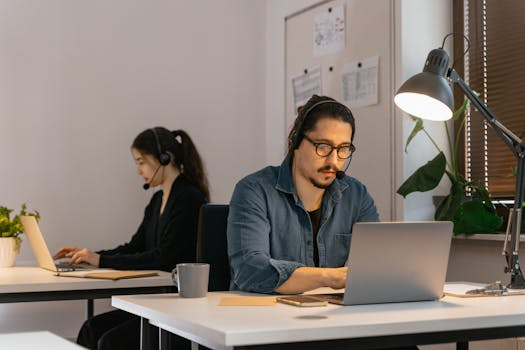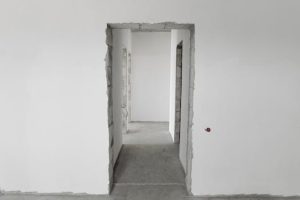Office Design Psychology Affects Employee Productivity Levels
In today’s fast-paced and competitive business environment, every organization strives to maximize employee productivity. From implementing new technologies to offering innovative training programs, companies are constantly searching for ways to increase efficiency and output. However, one aspect that is often overlooked is office design psychology and its impact on employee productivity levels. As it turns out, the design of an office space can have a significant influence on the mindset and motivation of employees. In this article, we will delve into the world of office design psychology and explore how it affects productivity in the workplace.
The Role of Office Design in Employee Productivity
Office design is more than just aesthetics; it can influence the overall attitude, behavior, and performance of employees. A well-designed office space can enhance employee satisfaction and engagement, leading to improved productivity levels. On the other hand, a poorly designed office can have the opposite effect, resulting in unproductive and demotivated employees.
The Psychology of Office Design
Office design psychology is the study of how the physical environment of the workplace affects the mental state and behavior of employees. It takes into account various elements such as lighting, color, layout, and furniture to create an ideal work environment. Let’s take a closer look at some of these elements and their impact on productivity.
Lighting
Lighting is a crucial factor in office design. Natural light is known to boost mood and energy, while artificial lighting can cause eye strain and fatigue. Therefore, a well-lit office with ample natural light can create a positive and productive atmosphere. It is essential to position workstations close to windows and install adjustable lighting to cater to individual preferences.
Color
The color scheme of an office can have a significant impact on the mood and mindset of employees. Different colors evoke different emotions, and each has its effects on productivity. For example, blue is associated with calmness and stability, making it a popular choice for office spaces. On the other hand, red can be overly stimulating and cause distractions, while yellow can lead to fatigue and reduce focus. The key is to strike a balance and incorporate a mix of colors to create a harmonious and stimulating environment.
Layout
The layout of an office space can also influence productivity levels. Open floor plans have become increasingly popular in recent years, promoting collaboration and communication among employees. However, these layouts can also create distractions. Cubicle-style and pod designs, on the other hand, provide individual workspaces, which can help employees focus and be more productive. The layout should align with the company’s culture, objectives, and activities to support employee productivity.
How to Incorporate Office Design Psychology
Now that we understand the impact of office design on productivity, here are some ways to incorporate office design psychology in your workplace:
1. Involve Employees
When designing or renovating an office space, involve employees in the decision-making process. Seek their input and suggestions on what they think will work best for them. After all, they are the ones who will be spending the most time in the office.
2. Create a Balance
As mentioned earlier, balance is key when it comes to office design. Incorporate a variety of elements such as lighting, color, and layout to cater to different preferences and needs. This will create a comfortable and stimulating environment for employees to thrive.
3. Incorporate Nature
Bringing nature indoors can have a positive impact on employee productivity. Adding plants and greenery to the office not only improves air quality but also has a calming effect on employees, leading to increased focus and motivation.
4. Allow Customization
Employees thrive in environments that they feel comfortable in. Allowing them to personalize their workstations with photos, plants, and other items can improve their mood and productivity.
Conclusion
In conclusion, office design psychology plays a significant role in employee productivity levels. A well-designed office space can inspire and motivate employees, leading to higher levels of productivity and overall business success. By considering the various elements and incorporating them in a balanced manner, organizations can create an ideal work environment for their employees to thrive.








